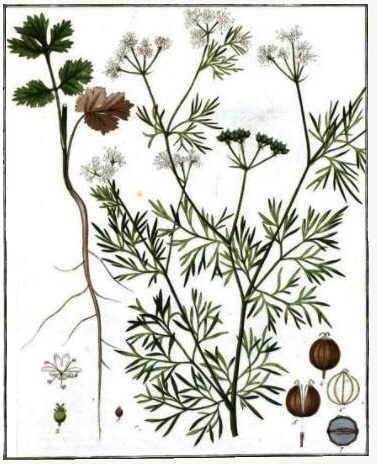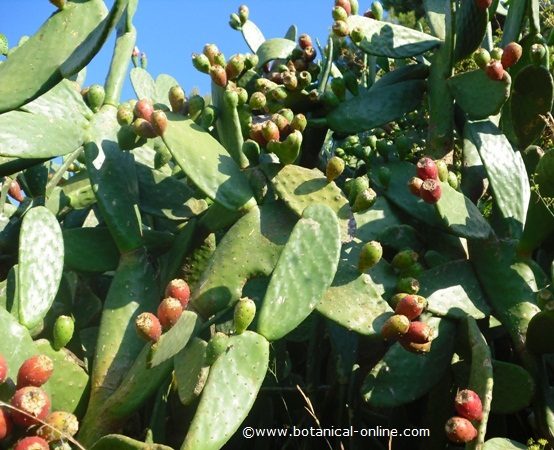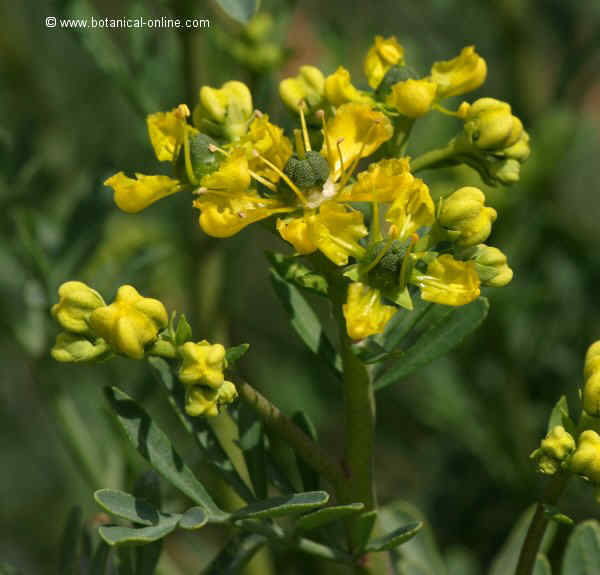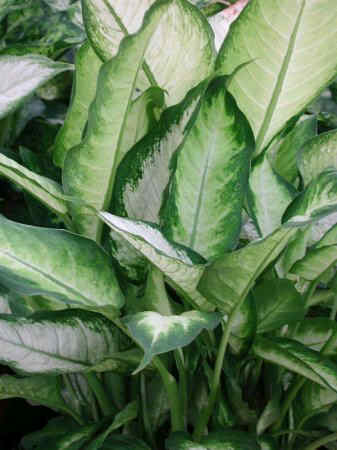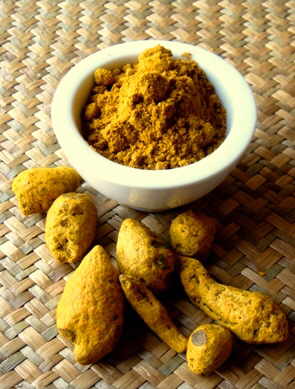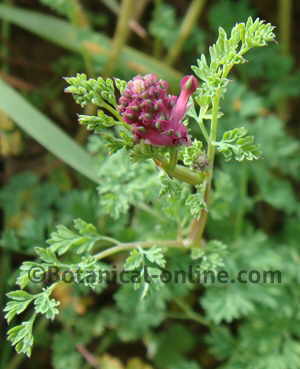Contents
Coca plant uses and derivatives
What is coca?
It is a shrub that grows spontaneously in the Andes (Peru and Bolivia), but it is cultivated in many places of South America (Chile, Argentina, Colombia), Africa (Cameroon) and Asia (India, Indonesia, etc.). Its leaves, after being dried, are chewed together with limestone or with ashes of cereal guinoa or with certain roots of cactus. By this mixture, some alkaloids arise from this plant, and the cocaine is the main one
Cocaine is a strong stimulant which, besides producing euphoria, let people endure greater efforts, appease thirst and hunger.
History of coca
The Inca civilizations used coca like a sacred substance for their religious rituals. Coca has been cultivated by the Indians in South America during many thousands of years, it was prohibited by the Spanish conquerors that considered it pernicious, although they made use of it to exploit the natives, making it possible for them to support the hard work conditions to what they were subjected to. In the XIX century it expands in Europe. At the present time, in spite of prohibitions, it is being continued using for most of the indigenous population.
Side effects of coca chewing
There is a prohibitionist policy that maintains that, although the effects of chewing the leaves of coca are not as devastating as those that results from the use of its derived, cocaine, the continuous use of coca produces a habit of negative effects for the health and for the society that consumes it.
This point of view, motivated fundamentally by the desire of avoiding the cultivation of the plant for the production of cocaine, attributes to the mastication of coca the following side effects:
– Physical effects: yellowish skin, deep eyes, digestive problems, premature ageing, etc.
– Psychological effects: social isolation.
–Sociological effects: neglect and carelessness.
Benefits of coca
In front of this opinion, another more open-minded thought appears exalting the contrary values completely. It argues that the coca is not addictive, what allows the consumer to abandon its use whenever one desires. Those in favor of coca, defend the properties of this plant that would be fundamentally the following ones:
– Medicinal properties, specially digestive and circulatory, as well as great vitaminic and mineral contribution. Also stimulating properties that allow to carry out physical works with more easiness, as well as big nutritious values.
– Socializing and identifying: Socially it constitutes a symbol of fraternity and identity among the indigenous tribes that consume it and it is part of their ancestral rites.
They add to the mastication of the leaves of coca, the importance that the infusion of coca (mate) posess for its numerous medicinal properties, a beverage that can be taken in any home of Bolivia or Peru, countries where the traditional consumption is legalized.
With these arguments to their favor, based on well documented studies denying all negative effect in the use of the leaf of the coca, just as the World Health Organization admits, they denounce the prohibitionist strategy in comparing the coca with the cocaine and they plead for the necessity of maintaining the traditional cultivation, avoiding the attempts of eradication of the species, either with the use of chemical defoliants or the introduction of biological enemies.
CHARACTERISTICS OF COCAINE
What is cocaine?
Cocaine is a derivative from coca. It is a white, sour powder with the chemical formula C17 H 21 NO 4., obtained by precipitating the infusion of coca leaves and then purifying it.
Properties of cocaine?
Cocaine acts as a vessel constrictor and a strong analgesic by interrupting nerve impulses. Therefore it has been used in surgery. Today other products, such as Novocain, have substituted it. Because of its vessel constriction properties, can be considered a real poison, interfering the blood stream in the brain. In the same way, by paralyzing the nervous system, it may produce a deadly stroke as well. Superior doses to 0, 5 gr. can be fatal..
History of cocaine?
Cocaine was discovered by A. Nieman and Friedrich Wahler in 1860. In the XIX century it was used as a local anaesthetic, especially in the treatment of war injuries and as a substitute of morphine. Both applications produce a great deal of drug addictions.
At the beginning of the XX century, it was fashionable in Parisian bohemia.
In the Sixties and Seventies it came together with morphine and heroine, becoming very popular as the ” executive drug “, but it’s got its peak in the Eighties, when it was wrongly considered to be less addictive than heroine.
By the same time a new product known as “crack ” appeared. This smoking product together with the paste of cocaine, that it’s obtained before cocaine reaches its final process, may be even more dangerous than cocaine.
Use and effects o cocaine
Cocaine is mainly sniffed but it can also be injected or smoked, if it has been prepared for it. Just after being sniffed, a strong sensation of nasal insensibility is felt. Very quickly a state of euphoria appears which makes the consumer believe he feels better: it is believed to possess a higher memory, a bigger strength, a superior intelligence. Gradually, as one becomes accustomed to the drug, negative symptoms appear with several different disorders:
– Sensory disorders: Such as, for example, hallucinations, weird noises, visual perceptions of strange colors, tingling and the curious symptom of feeling insects crawling under the skin.
– Personality disorders: irritation, anger, aggressiveness, depression, persecution complex, etc.
– Physical disorders: hemorrhages, nasal bone perforation, hoarse voice, aged face, nervous injuries, slimness, etc.
Every time drug doses must be bigger in size and must be taken more frequently to palliate the previously seen symptoms. So, if cocaine is not given up, it leads consumer to personal deterioration and one is most probably bound to be dead by overdose.
* Related information: coca plant
![]() More information about plants.
More information about plants.

